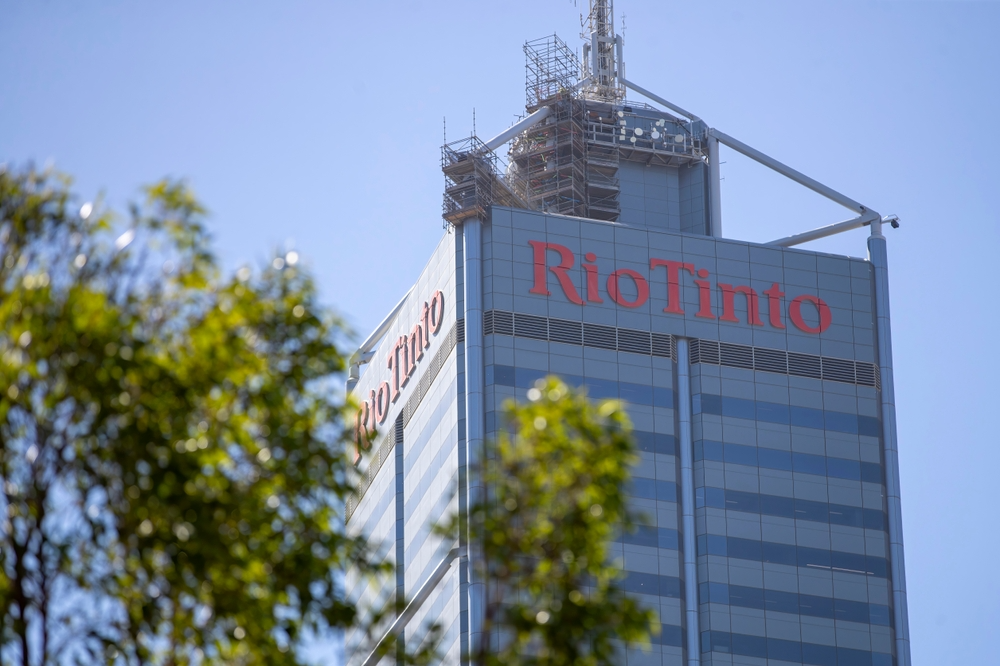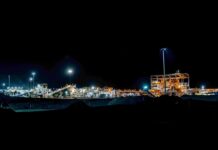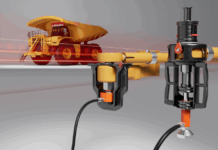Rio Tinto to develop $1.1b Pilbara mine

Rio Tinto (ASX: RIO), Mitsui and Nippon Steel will invest $1.1b (US$733m) to develop new iron ore deposits in the West Angelas hub in WA.
The deposits will maintain the hub’s total annual production capacity of 35mt under the West Angelas sustaining project — which has received all necessary State and Federal Government approvals.
About 600 jobs will be created during construction. Once operational, the project will help maintain a workforce of about 950 full time equivalent roles at the West Angelas hub.
Rio Tinto Iron Ore chief executive Matthew Holcz comments on the project.
“The West Angelas sustaining project is built on strong and committed partnerships, both with the joint venture members Mitsui and Nippon Steel, as well as the Yinhawangka and Ngarlawangga Peoples,” he said.
“The West Angelas hub has been an integral part of Rio Tinto Iron Ore since 2002.
“Securing these approvals ensures ongoing investment in the hub as we continue to supply high-quality, reliable iron ore to meet our global customers’ demand now and into the future.”
The project will leverage existing West Angelas processing infrastructure and includes the construction of new non-process infrastructure precincts and 22km of haul roads.
Ore mined at the new deposits will be autonomously trucked to the West Angelas hub, with first ore scheduled for 2027.
The West Angelas sustaining project is part of Rio Tinto’s sector of replacement projects that reinforce the company’s ongoing commitment to the Pilbara, and which will have combined total capacity of about 130mtpa.
Additionally, work is well progressed on the pre-feasibility study for Rhodes Ridge, one of the world’s largest and highest quality undeveloped iron ore deposits, which is targeting an initial capacity of up to 40mtpa and first ore by 2030.






















